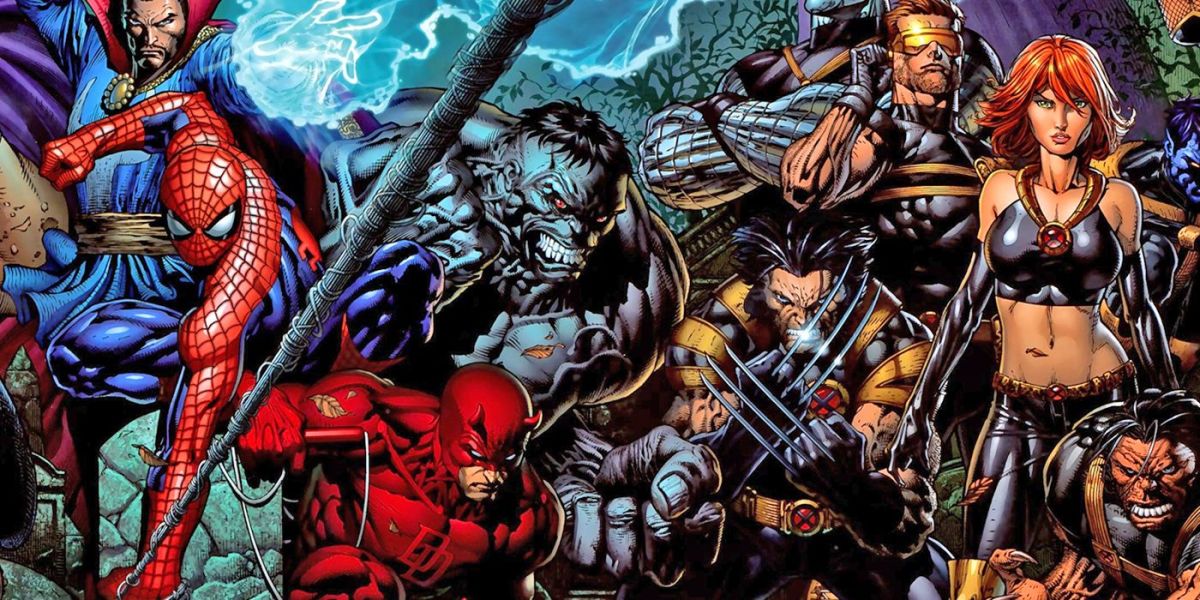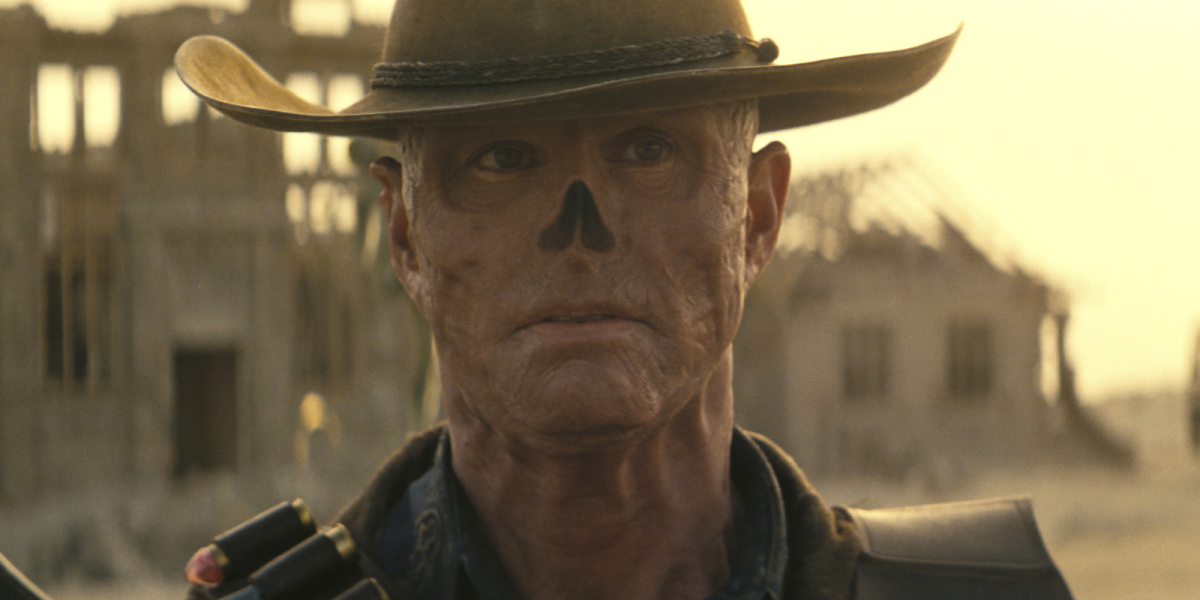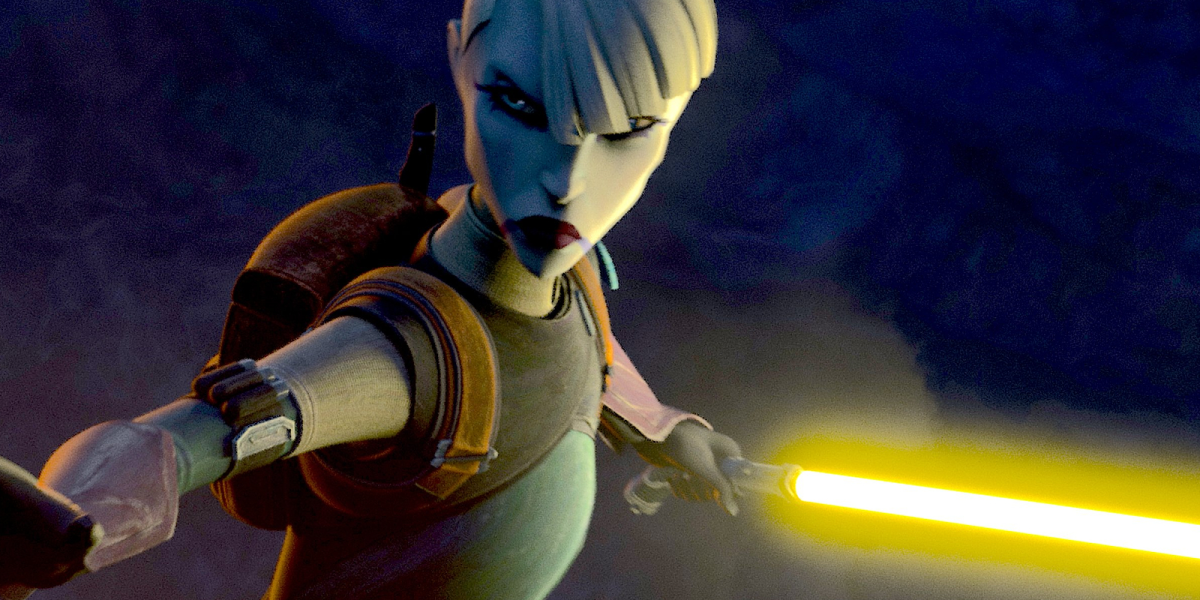The Marvel Cinematic Universe (MCU) seems like a permanent fixture in modern media. It’s hard to remember the days when Iron Man, Thor, and Captain America were niche comic book characters, not global icons. Yet, they didn’t just spontaneously become box office gold. Contrary to popular belief, Marvel actually went through similar struggles to the DC Extended Universe (DCEU) — just not in the same way. Where DC is fighting to find a cinematic direction in the wake of the initial Snyderverse spanning Man of Steel, Batman v Superman, and Justice League, Marvel’s closet holds a very different skeleton they’d much rather we all forgot: the Ultimate Marvel Universe.
Conceived by Bill Jemas, a lawyer who mostly worked in trading cards, the idea was simple: Set on Earth-1610, Ultimate Marvel comics were free of continuity restrictions and Stan Lee’s rolling timeline that prevented characters from aging, dying, or otherwise being written out of stories. In Ultimate Marvel, consequences would matter, the stories would be accessible to new readers, and conventions could be broken. Origins would be modernized and so too would storylines. Many of the heroes would be younger and “hip,” not to mention more salacious and gritty. More fantastical elements would be deemphasized in lieu of grounded interpretations, such as “phase states” explaining the Fantastic Four’s powers.
Now, to be fair, there were refreshing twists on the formula. Brian Michael Bendis’ Ultimate Spider-Man launched the setting, making a huge splash while reinventing classic elements and introducing bold new ideas for the early 2000s. For instance, Peter Parker and Kitty Pryde of the X-Men teamed up as heroes and dated for so long that Pryde nearly replaced Mary Jane Watson. Even bolder choices like the creation of Miles Morales as the first black and Hispanic Spider-Man and rewriting Jessica Drew as quite possibly the first example of a transexual Spider-Woman were a welcome surprise. Until Spider-Gwen, it was also the only longform continuity where Gwen Stacy remained alive.

Similarly, Mark Millar’s Ultimate X-Men and Jeph Loeb’s subsequent Ultimate X played up the X-Men sagas in familiar ways, but on a smaller scale, stripping out the mystical elements. Given Millar lacked much knowledge on the X-Men, he was actually advised to look to Bryan Singer’s X-Men film. This led Millar to emphasize the racial allegory in the X-Men, and Ultimate X went so far as to introduce Wolverine’s heir Jimmy Hudson, a character so popular that he, like Miles, became a part of the mainline continuity. Much like with DC’s current lineup, there are genuinely interesting story arcs and creative decisions, but also like the Snyderverse, there’s a lot of… *sighs* let’s just rip off the Band-Aid.
Reed Richards turned into a villain so insane that he escaped into the mainline Earth-616 continuity. Mutants are revealed as being nothing more than a consequence of the government trying to replicate Captain America’s super serum formula. The Hulk is a cannibalistic monster that hates everyone and has a clone that sort of becomes a vampire king at one point. Captain America became a president. Quicksilver and Scarlet Witch were written as incestuous. The Hulk’s ex-girlfriend dated Freddie Prinze Jr. for some reason.
Also, the Blob ate Wasp, only to then have his head bitten off by Giant Man — there is a disturbing amount of cannibalism in Ultimate Marvel.
Shockingly, this isn’t even the craziest stuff to happen in Ultimate Marvel. For instance, Orson Scott Card of Ender’s Game fame wrote an origin story for Iron Man that involved Antonio Stark being a genius because his mother was infected with a deadly virus from a monkey while he was in the womb that necessitated a biological armor to make life livable, which somehow turned him into a regenerative cyber-lizard-man-thing. This at least was deemed too absurdly edgy and was retconned into being an in-universe TV show based on Stark’s life.

What’s remarkable about all this is that Ultimate Marvel wasn’t the result of an army of creatives, but primarily led by writers Millar and Bendis with others contributing for brief runs, all under Jemas. The trick is that where Bendis was all about capturing the essence of Marvel’s glory days with modern tuning and inclusivity, Millar was more of a mind to deconstruct Marvel. With two diametrically opposed viewpoints leading the charge, often leaping into each other’s series mid-run, there’s considerable inconsistency.
The resulting tangled web of comics struggled, and after Jemas was fired, things went further off the rails with Jeph Loeb’s infamous Ultimatum crossover event, which can be effectively summarized as “death, death EVERYWHERE!”, with a final body count of roughly 34 characters depicted dying horribly. The plot suffered from contrivances and wasted potential, such as Magneto claiming Thor’s hammer only to never use it, which frustrated readers new and old. What was meant to reinvigorate the line nearly killed it, not unlike the theatrical release of Justice League. In general, Ultimate Marvel’s struggles echo that of what DC’s undergone of late.
This goes equally for the unexpected bright spots. Ultimate X saw Loeb try to address his missteps with the X-Men and offer them an intriguing fresh start, though sadly production delays resulted in it only lasting one volume. Miles Morales was born out of necessity to fill the void as Ultimate Spider-Man was far and away the biggest success. Morales would go on to be Ultimate’s equivalent to Patty Jenkins’ Wonder Woman, breaking ground in ways that are still reverberating years later.

What’s most remarkable though is that despite all the rough spots and struggles had with the Ultimate Universe, it was a relative commercial success, and in many ways it became a blueprint for the Marvel Cinematic Universe. Ultimate Marvel is where Nick Fury was first drawn to look like Samuel L. Jackson and much of S.H.I.E.L.D.’s visual design was established going forward. Elements of Miles’ daily life were translated onto Peter Parker, such as his best friend Ganke. Where Ultimatum fails, Avengers: Infinity War delivers on a high-stakes battle with an incredibly costly defeat for the heroes. Avengers: Endgame’s Banner Hulk is remarkably similar to the “Nerd Hulk” clone in Ultimate Avengers. Oddly, even the idea of Hydra centering on an alien species in Agents of S.H.I.E.L.D. has its roots in Ultimate Fantastic Four.
Of course, Marvel gets off comparatively easy for its own mixed-bag grim-dark universe compared to the DCEU because comics have far more limited exposure and a much smaller investment. Marvel has also tactfully taken its time to study past wins and losses. The MCU draws both visually and narratively from Ultimate but only takes what works while abandoning what failed.
This holds true even in the realm of comics, as The Ultimates was revived as a brand new team-up comic unassociated with the Ultimate Marvel universe. Set in the mainline Earth-616 continuity, the comic centered on Black Panther leading a team of many of Marvel’s strongest heroes to take on immeasurable tasks. The first volume is literally titled “Start with the Impossible” and centered on the team curing Galactus the World Eater of his hunger. Ultimates shares the universe-shaking decisions with its predecessor, in addition to featuring an arc where heroes from Ultimate Marvel are revived by the villainous Ultimate Reed Richards, aka “Maker.” Beyond this, the only major nods made to any continued existence of Ultimate universe have been by Bendis’ Miles Morales comics.
Ultimate Marvel is one of the most fascinating misfires in the company’s history. It was far from an outright failure, but never quite the success it was hoping for. It’s more of a curiosity nowadays, but if you’ve always wondered what would’ve happened had Marvel taken the DC Extended Universe approach, crack open Ultimate Spider-Man and see how close the House of Ideas came to becoming the house of grit.





